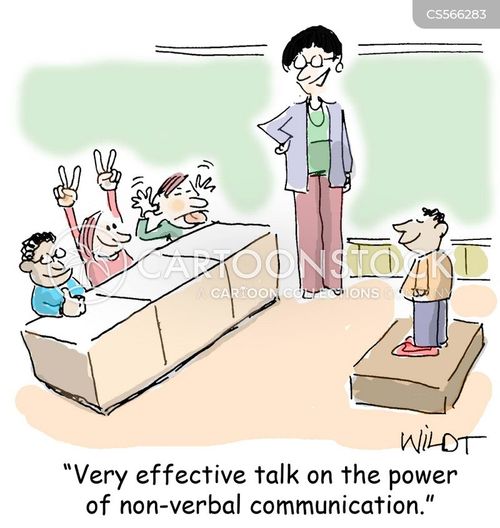
Intercultural communication can best be defined as the exchange of messages between cultural groups. Ethnocentrism and ethnorelativism are aspects of intercultural communication. Ethnocentrism can best be defined as an individual believing their cultural group is superior to other groups. Ethnorelativism can best be defined as understanding cultural group differences but approaching other groups with an open mind. For instance, in the cartoon image above, the rhino has a collection of images from only their viewpoint. This shows how the rhino only care about their viewpoint and other rhinos and is not showing willingness to others viewpoint because of the collection of paintings in the image. The phrase “Having a hard time seeing past your nose,” in the image further correlates with the rhinos ethnocentrism because he only cares about his cultural views. In this case he only cared about his point of view that included his long horn above his nose.
I can relate this cartoon image to my experiences. I always try to be very open minded and understanding towards other cultural groups. As a bilingual individual, I speak both Spanish and English. I usually translate for my parents to help communication become easier for them. Once I went to the bank and was taking a long time at the window based on our needs and was also translating for my mother in Spanish at the same time. A customer behind us began to complain in English that I should learn to speak English and maybe that would help speed up the process. I turned around and told the woman that I spoke English which left her embarrassed. This experience showcased how the rude customer that was standing in line behind me was showcasing ethnocentrism and was only able to view English as her dominant language instead of understanding that English is not everyone’s primary language.




